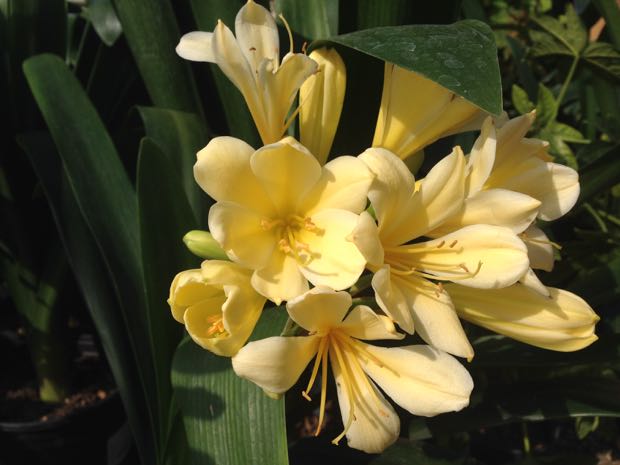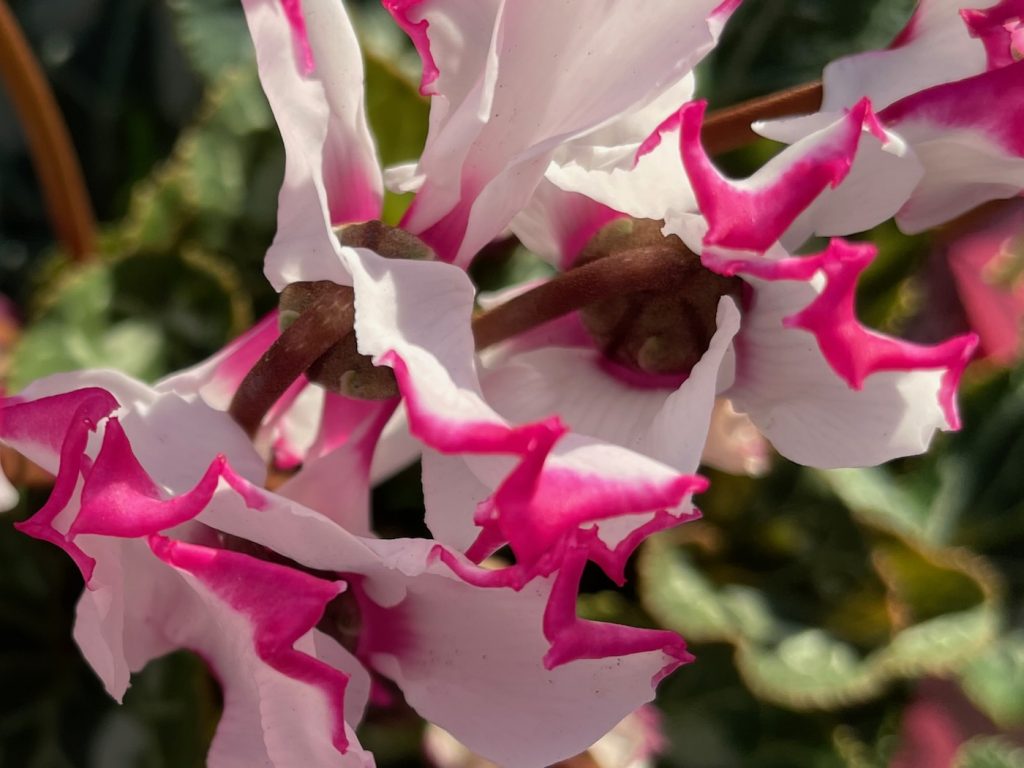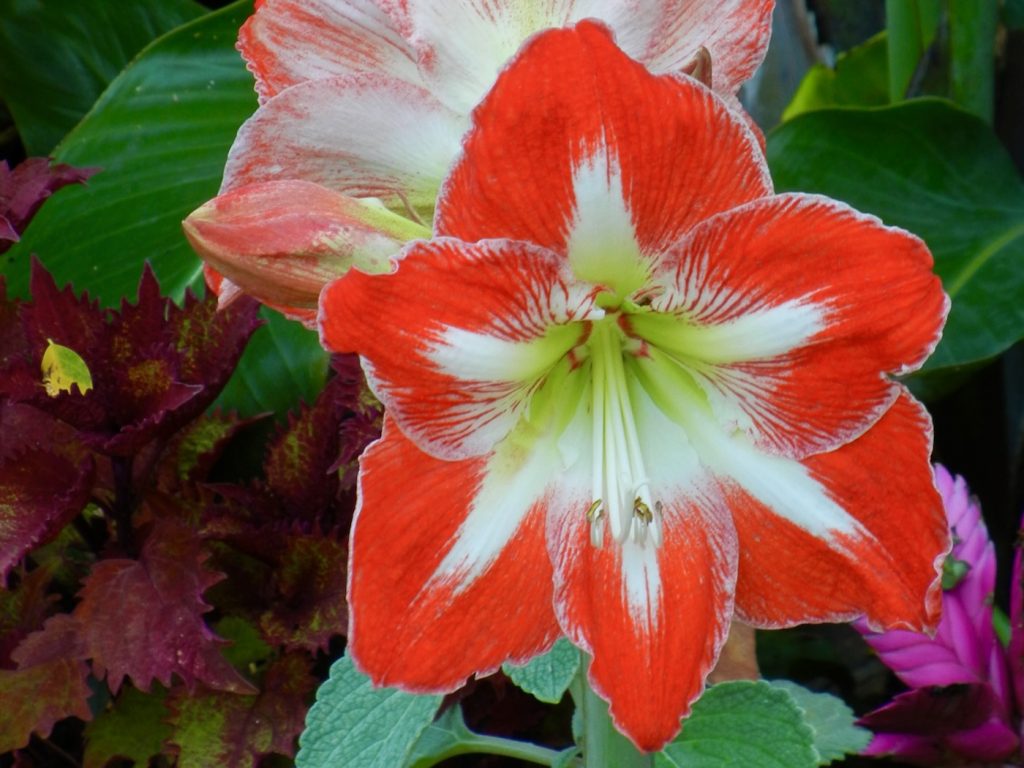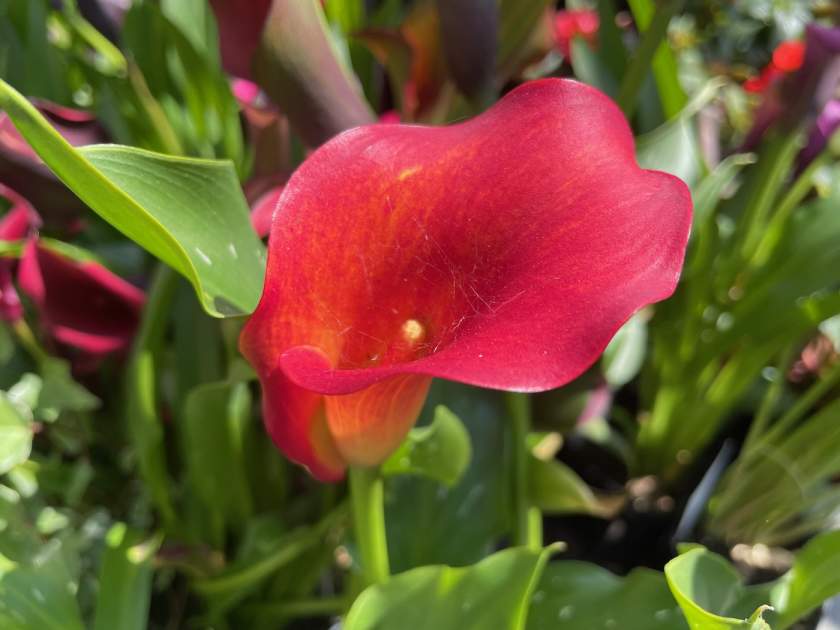Clivia miniata ‘Belgian Hybrid Yellow’ is from the Amaryllidaceae family of plants. They also call it the Belgian Hybrid Yellow Bush Lily, Forest Lily, Caffre Lily, Kaffir Lily, Thong Lily, Boslelie, or Natal Lily. Clivia miniata grows well in the shade, under trees. It provides green foliage throughout the year, and a burst of color when it flowers. Clivia miniata is native to South Africa. It has been naturalized in Mexico, North America, Australia, and New Zealand.
This variety has yellow trumpet-shaped flowers. It blooms in winter or early spring. Based on the climate Clivia miniata ‘Belgian Hybrid Yellow’ are grown outdoors or as potted plants indoors. Keep in mind, they are frost-tender. They form clumps. Don’t divide them since the flower is better when they are densely clumped.
How to grow Clivia miniata ‘Belgian Hybrid Yellow’ indoors:
Choose a suitable container with drainage holes to plant your Clivia miniata ‘Belgian Hybrid Yellow’. Make sure the pot is large enough to accommodate the plant’s roots and allows for some growth.
Use a well-draining houseplant compost or a mix formulated for African violets. This type of soil provides the necessary moisture retention while allowing excess water to drain away.
Place your Clivia miniata ‘Belgian Hybrid Yellow’ in a location that receives bright, indirect light. Avoid direct sunlight as it can scorch the leaves. A spot near a north-facing window or a few feet away from a south-facing window can provide the ideal light conditions.
Clivia miniata ‘Belgian Hybrid Yellow’ typically blooms in autumn. To encourage flowering, maintain a consistent temperature around 60-70°F (15-21°C) during this period. Cooler temperatures can help initiate flower bud formation.
During winter, it is essential to provide your plant with a cooler period. Move it to a slightly cooler location, such as a room with temperatures around 50-60°F (10-15°C). Reduce watering during this time, allowing the soil to dry out partially between waterings.
Once you notice flower buds developing, move your Clivia miniata ‘Belgian Hybrid Yellow’ back to a warmer spot with a temperature range of 65-75°F (18-24°C). This will facilitate healthy bud growth and eventual blooming.
Clivias tend to flower more when they become slightly pot-bound. Avoid repotting too frequently and allow the plant to fill the pot with its roots. However, if the plant becomes severely root-bound or overcrowded, it may benefit from repotting.
How to grow Clivia miniata ‘Belgian Hybrid Yellow’ outdoors:
Clivia miniata ‘Belgian Hybrid Yellow’ is well-suited to temperate climates, such as southern California, where frost is not a concern. Ensure your region’s climate matches the plant’s requirements.
Plant your Clivia miniata ‘Belgian Hybrid Yellow’ in a location that receives partial shade. This protects the plant from intense sunlight and helps prevent leaf scorching. Under the shade of trees or buildings is often an ideal spot.
Choose a planting location with fertile, humus-rich soil that drains well. Clivias prefer slightly acidic to neutral soil pH (around 6.0-7.0). Amend the soil with organic matter, such as compost or well-rotted manure, to improve its texture and fertility.
Clivia miniata ‘Belgian Hybrid Yellow’ appreciates consistent moisture but can tolerate periods of dryness. Water the plant regularly, keeping the soil evenly moist but not waterlogged. Reduce watering in autumn and winter to mimic the plant’s natural dormancy period.
Once planted, Clivias prefer not to be disturbed or transplanted frequently. They establish deep roots, and disturbing them can impact their growth and flowering. It is best to leave them undisturbed unless necessary.
Propagation:
Clivia miniata ‘Belgian Hybrid Yellow’ can be propagated through division. Every few years, when the plant becomes overcrowded, divide the clumps carefully dividing them into smaller sections. To propagate, follow these steps:
a. Choose a suitable time: The best time to divide Clivia miniata ‘Belgian Hybrid Yellow’ is during the spring or early summer when the plant is actively growing.
b. Prepare the plant: Gently remove the plant from its container or carefully dig it out from the garden bed. Shake off excess soil to expose the roots.
c. Dividing the clumps: Look for natural divisions or clusters within the plant. Using a clean, sharp knife or garden shears, carefully separate these clusters into smaller sections. Each section should have a good amount of healthy roots and a few leaves.
d. Potting or replanting: Prepare individual pots with well-draining potting mix or choose new planting locations in the garden. Plant each divided section, ensuring the roots are covered with soil and the leaves are above the surface.
e. Watering and care: After dividing and replanting, water the newly divided Clivia miniata ‘Belgian Hybrid Yellow’ sections thoroughly. Provide regular watering, keeping the soil consistently moist but not overly saturated. Place them in a partially shaded area, protecting them from direct sunlight.
f. Establishing growth: The divided sections may take some time to establish new roots and resume growth. Keep a consistent care routine, providing adequate water, light, and occasional fertilization with a balanced houseplant or garden fertilizer.
g. Patience for blooming: It may take a couple of years for the divided Clivia miniata ‘Belgian Hybrid Yellow’ sections to reach maturity and produce flowers. Be patient and continue providing the necessary care.
Remember, whether growing Clivia miniata ‘Belgian Hybrid Yellow’ indoors or outdoors, regular monitoring and attention to their specific requirements will contribute to their overall health and successful growth.




